The Israeli attack, described as a “targeted military operation,” targeted Iran’s nuclear and missile programs. Iran responded with hundreds of missiles and drones. The sudden escalation in one of the most sensitive “hot spots” on the planet sent shockwaves, forcing investors to reassess risks and start a hunt for safe havens.
Amidst the chaos, a few asset classes have emerged as beacons of hope, attracting huge flows of money looking for shelter. This is not a new scenario, but each crisis has revealed a different story, both confirming the classic role of safe havens and revealing subtle shifts in global investor sentiment.
"Safe Haven Assets" - A Shield Amid Market Storms
To understand the market reaction, it’s important to first define what a “safe-haven asset” is. So what exactly is a “safe-haven asset”? Think of them as financial “shields” that hold or increase in value during times of market volatility, economic downturns, or war. Their primary purpose is to protect investors’ money from losses when riskier assets like stocks are sold off mercilessly.
This traditional "shield" group includes:
Gold: For thousands of years, gold has been a classic safe haven asset due to its scarcity and ability to retain its value. When confidence in the paper currency system is shaken, people turn to gold as a form of "crisis currency".
Government bonds: Bonds issued by governments with strong economies, especially US Treasury bonds, are always considered one of the safest places to store money.
Stable Currencies: Strong currencies such as the US dollar (USD), Swiss franc (CHF) and Japanese yen (JPY) are also popular safe havens. The Swiss franc and Japanese yen are favored because of their political neutrality and strong economies.
On the other side are "risk-on assets" such as stocks or the Australian dollar (AUD), New Zealand dollar (NZD). They often "rise" when the global economy is optimistic and will fall when bad news comes.
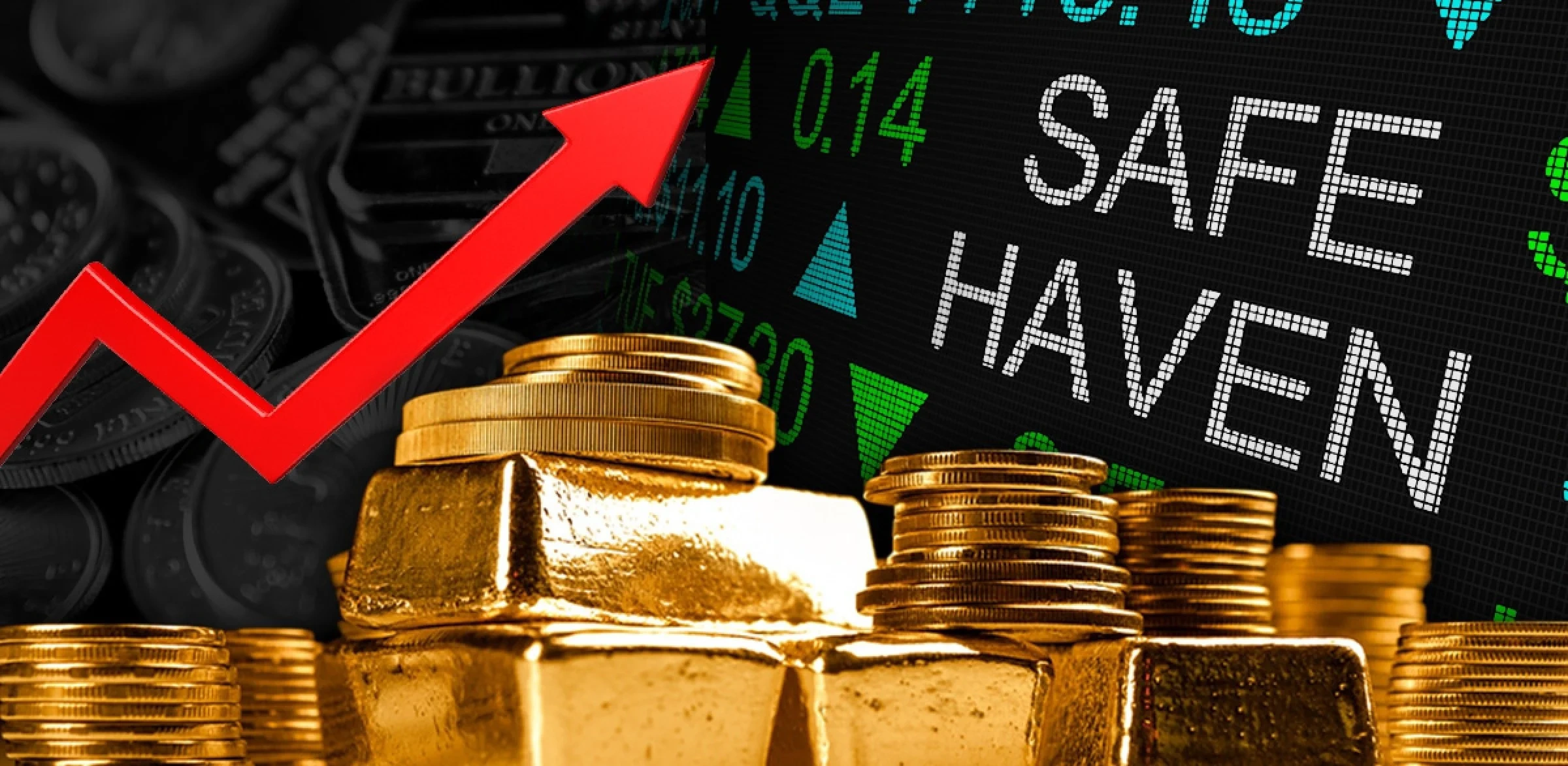
Gold remains a classic safe-haven asset thanks to its scarcity and ability to maintain sustainable value (Photo: CyprusMail).
USD - The spectacular return of the "king"
In that chaotic picture, the most surprising performance has been that of the US dollar. For months, the greenback has been a bit of a cold-boy, constantly selling off on concerns about Trump administration policies and expectations that the Fed will soon cut interest rates. Just a few days ago, the dollar index fell to a three-year low, raising doubts about its safe-haven status.
But the bombs in the Middle East changed everything. Like a king reclaiming his throne, the traditional role of the USD was reasserted. The DXY index, which measures the strength of the USD, jumped an impressive 0.5%. More importantly, the USD not only crushed riskier currencies, but also outperformed other safe haven currencies such as the Swiss franc and the Japanese yen.
Why this dramatic comeback?
First, the “cash is king” rule. In a panic, investors will sell everything to hold cash. Since most of the world’s assets are priced in dollars, this sell-off automatically creates a huge thirst for the greenback.
Second, the US remains the “last resort”. With the largest economy and deepest capital markets, the US remains the last safe haven for global capital flows, especially through its Treasury bond purchases.
Strategists at ING bank said the airstrike provided “a catalyst for a rebound in the undervalued and sold-off dollar.” Despite some doubts, the dollar has proven itself to be the king of currencies when the real crisis hits.
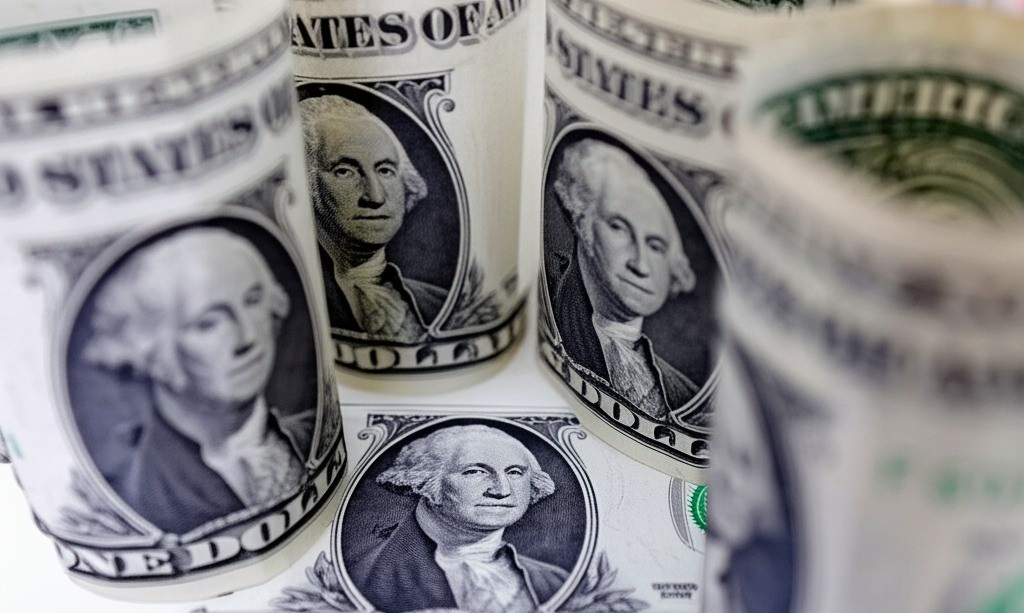
The US dollar rose 0.5% as markets shifted to safe-haven assets amid escalating geopolitical tensions in the Middle East following Israel's attack on Iran (Photo: Reuters).
Gold, oil and bonds - 3 "safe havens" not to be missed
If the USD is the king returning to the throne, then gold, oil and bonds are the other three powerful figures that attract all the attention.
Gold: True to its historical role, gold prices have skyrocketed. Spot gold prices at one point rose more than $50, surpassing $3,400 an ounce and approaching a record high.
The massive inflow of money into gold shows that investors are looking for a tangible asset that does not depend on any government or financial system to preserve its value. Analysts say that if tensions continue to escalate, gold prices could absolutely conquer new heights.
Oil: The biggest reaction was perhaps in the oil market. US West Texas Intermediate (WTI) and North Sea Brent crude prices jumped more than 10% at one point, their biggest one-day gains since the Russia-Ukraine conflict erupted.
Iran is OPEC’s third-largest oil producer, and more importantly, it sits on the Strait of Hormuz, a vital shipping route for about 20% of global oil consumption. Fears of potential supply disruptions have pushed up energy prices, putting oil at the center of the crisis.
US government bonds: Normally, when risks increase, investors rush to buy US government bonds, pushing bond prices up and yields down. Initially, the market followed this scenario.
But a complicating factor has emerged. Soaring oil prices have raised concerns about a new wave of inflation. Higher inflation could force the Fed to delay its rate cuts or even tighten further. That has put a damper on bond gains, causing yields to briefly rise again.

Oil reacted the most strongly after Israel attacked Iran. US WTI crude oil and North Sea Brent crude prices at times jumped more than 10% (Photo: Shutterstock).
Old lessons and the "complacency" trap
As the initial dust settles from the panic, investors are starting to look beyond the immediate horizon. History shows that geopolitical shocks tend to be short-lived. As Jack Janasiewicz puts it, “History teaches us that we need to look beyond the surface of events.” The question now is: How long will this conflict last and how far will it spread?
But the lessons of the past can also create a dangerous trap: complacency. “Markets are quick to shrug off these kinds of events, but that complacency is the real concern,” warns James Athey, a hedge fund manager. “The situation is tense and risky, and the prices of risky assets are reflecting a rosy outlook.” In other words, investors may be too optimistic and unprepared for the worst.
Analysts say the market will only really suffer if oil prices surpass $100 a barrel - a scenario that would only happen if oil infrastructure is destroyed or the Strait of Hormuz is closed.
Ultimately, this crisis is a stark reminder of the uncertain world we live in. It underscores the irreplaceable role of safe haven assets like gold and especially the US dollar.
At the same time, it also shows that markets are becoming more complex, where factors such as inflation and monetary policy can create unpredictable reactions. For investors, building a diversified portfolio and preparing "safe havens" is no longer an option, but a survival requirement.
Because no one knows for sure when the next bomb will go off.
Source: https://dantri.com.vn/kinh-doanh/khi-bom-no-nha-dau-tu-tim-noi-nao-de-tru-an-20250614154428169.htm














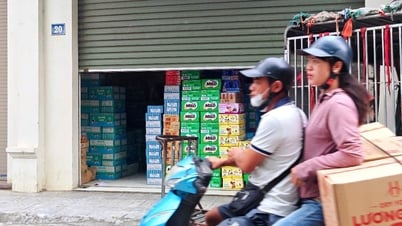
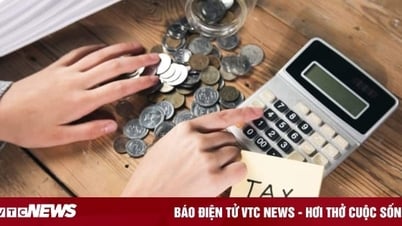




















































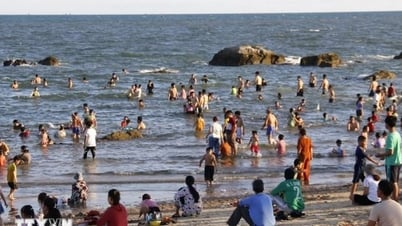




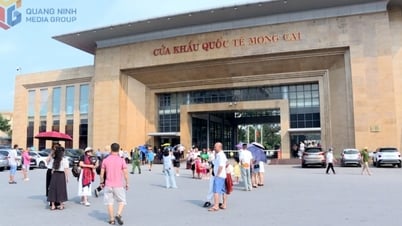




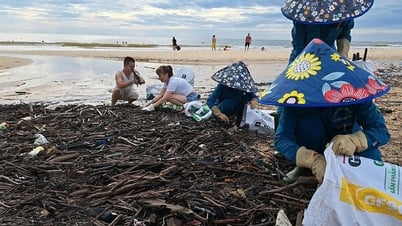


















Comment (0)